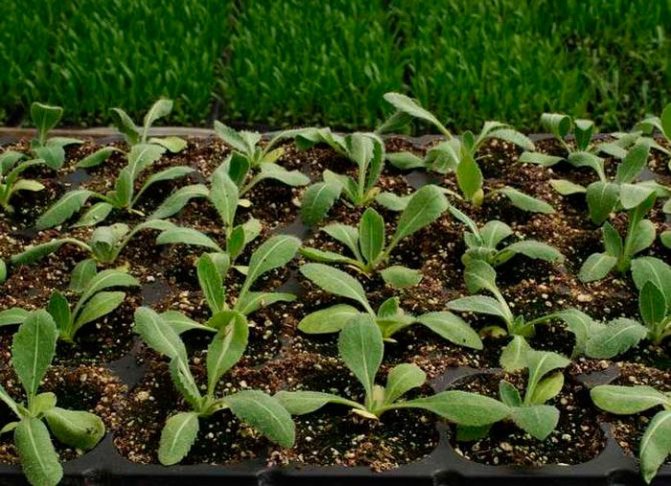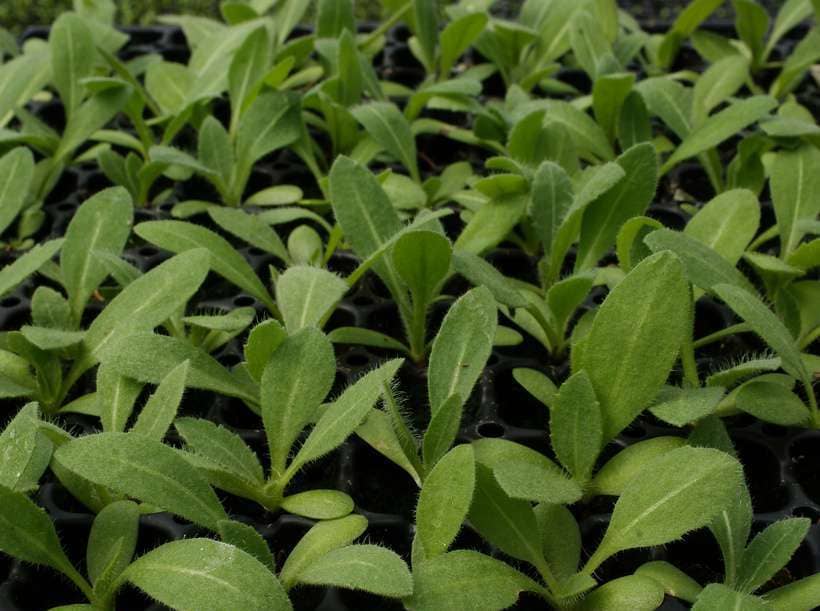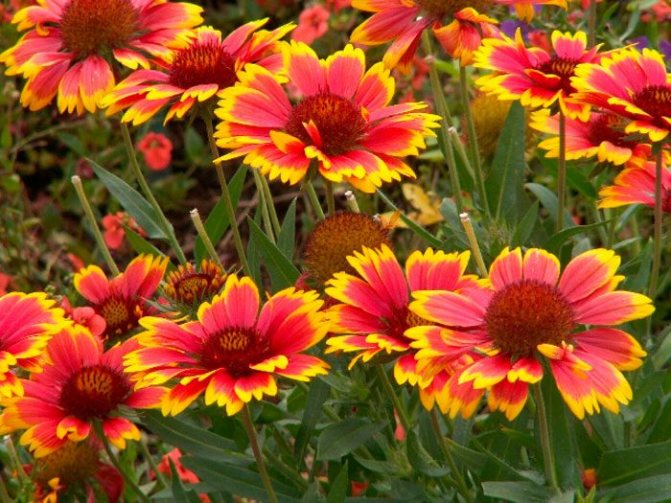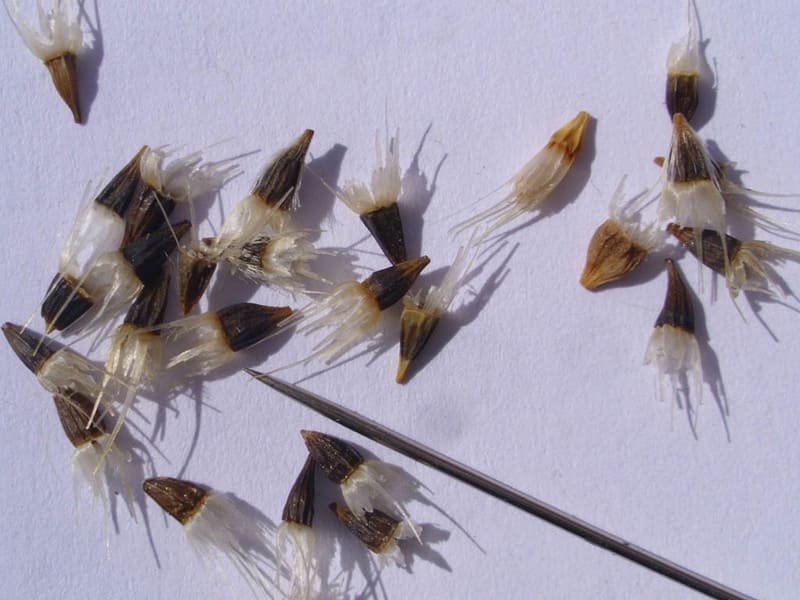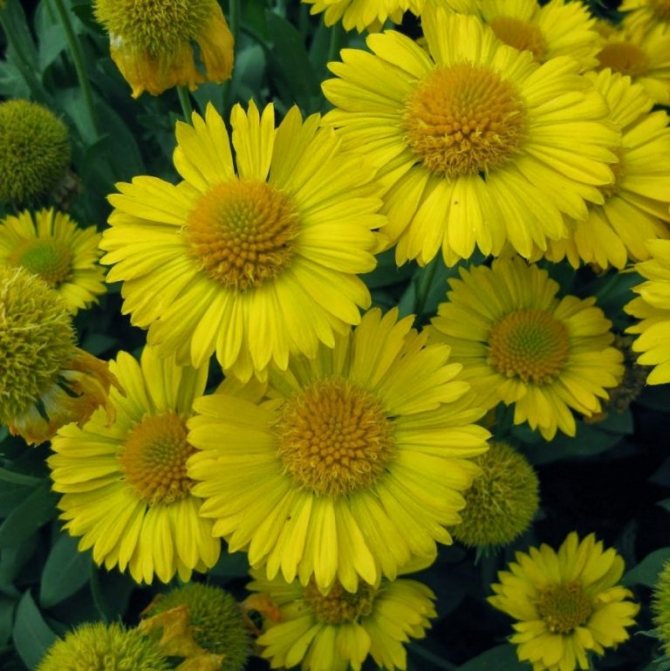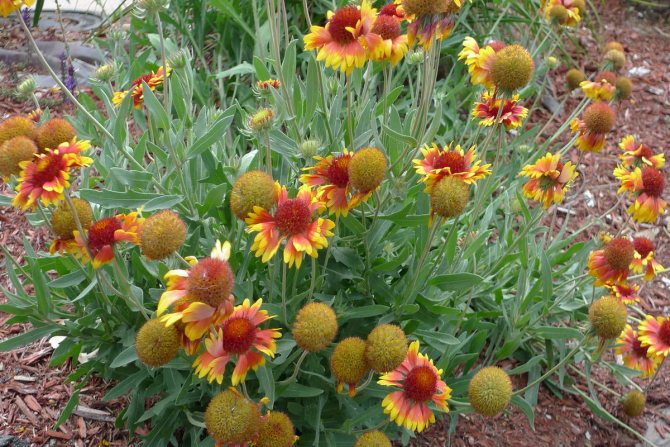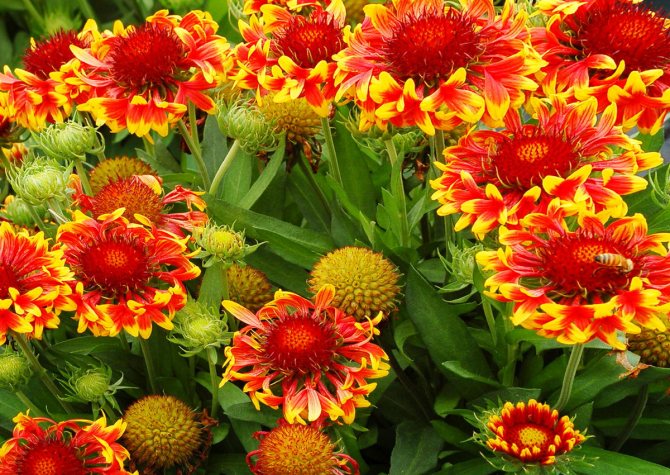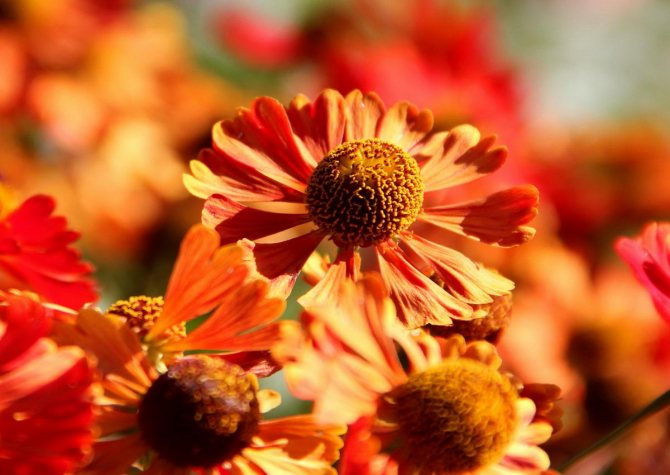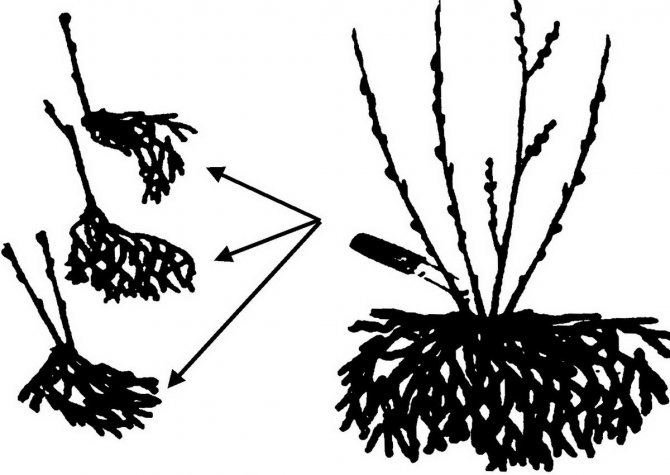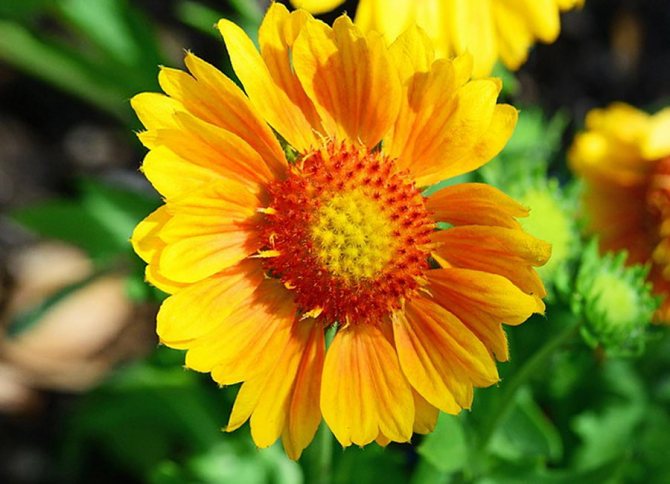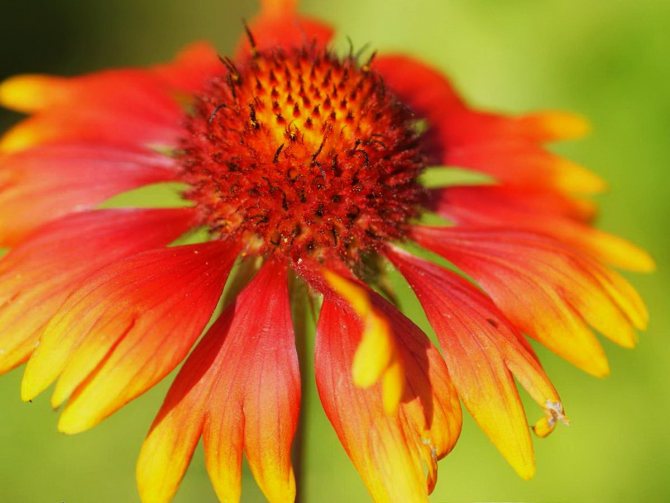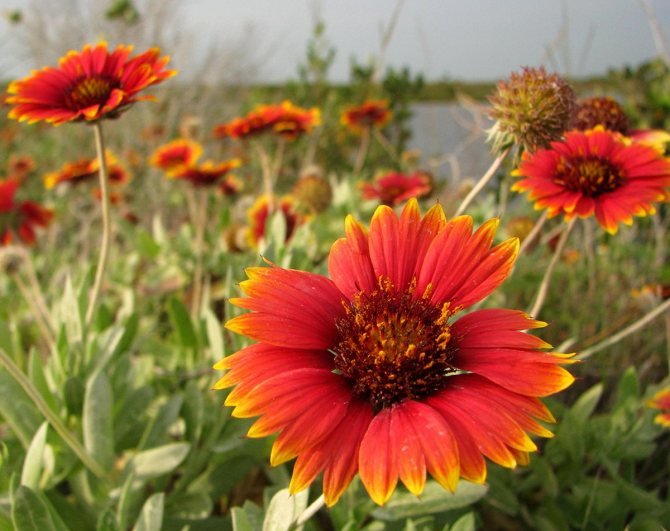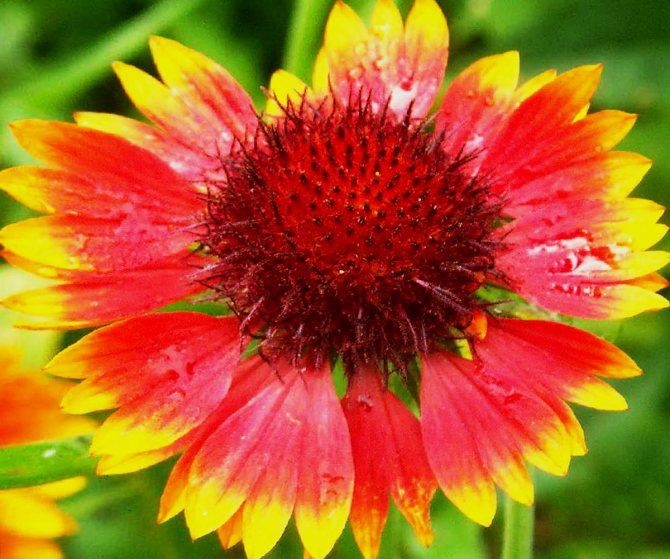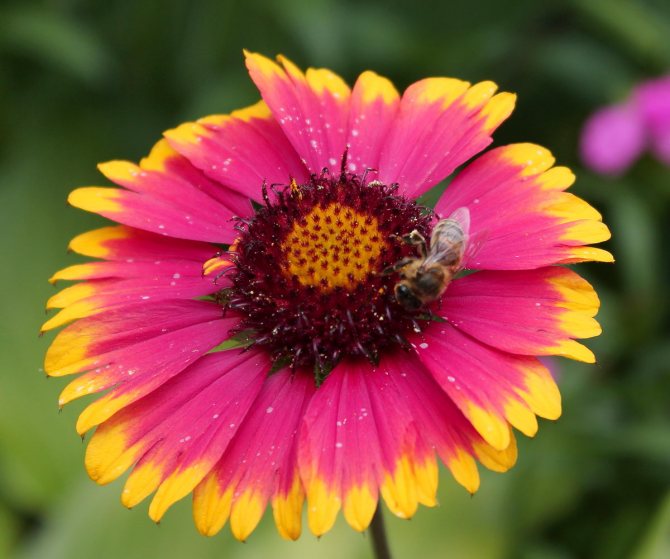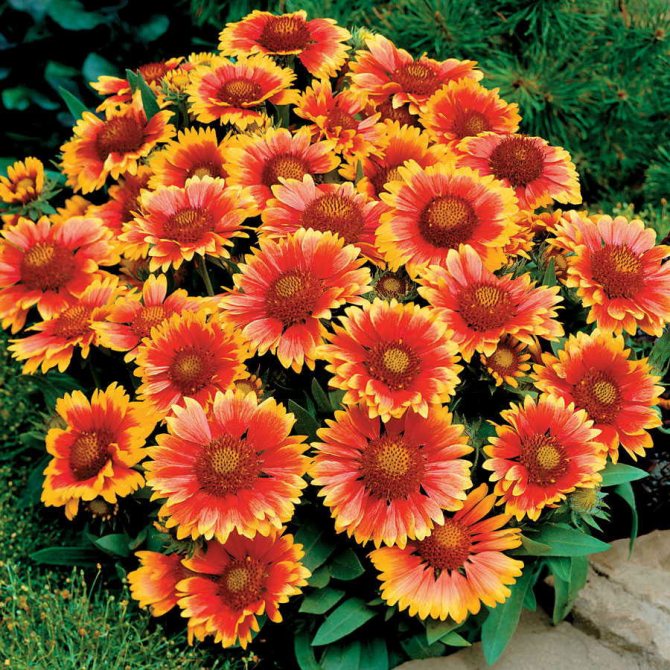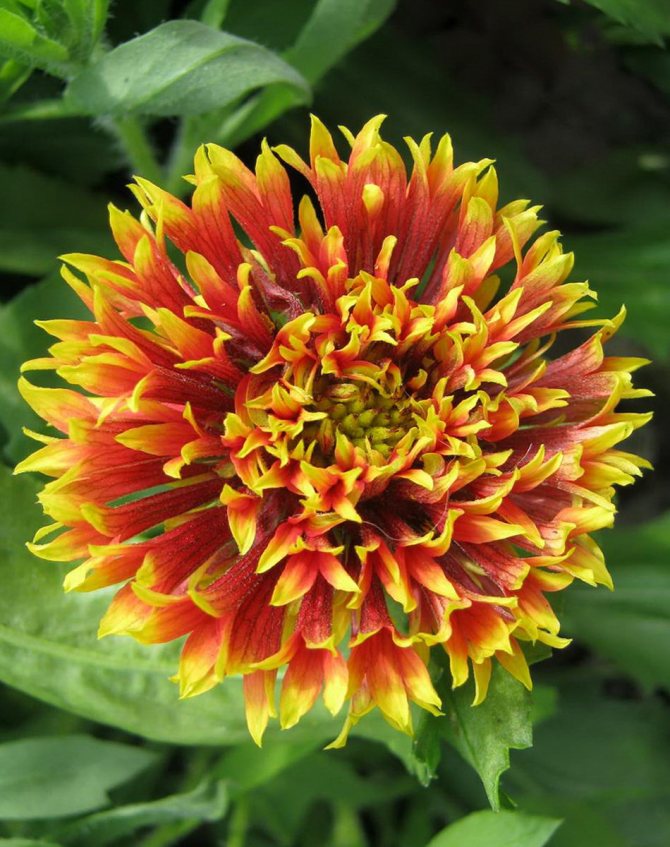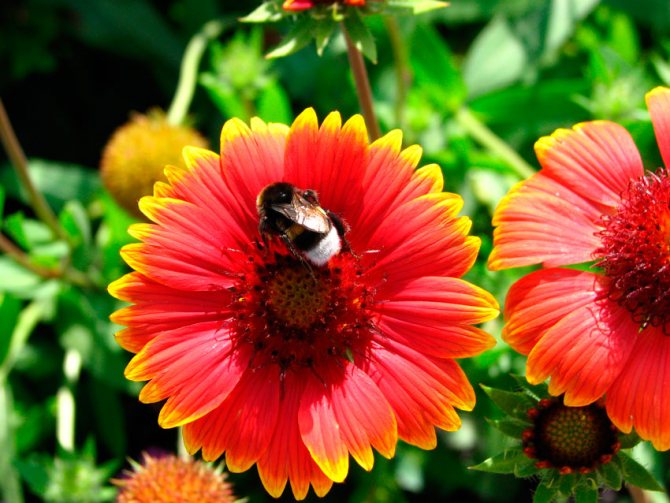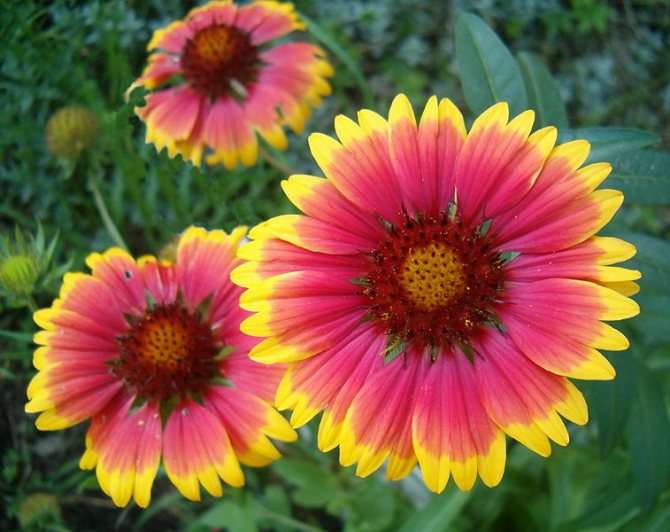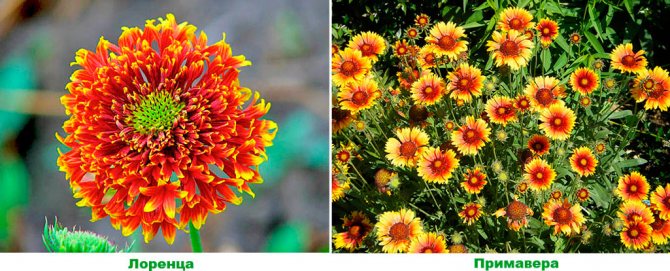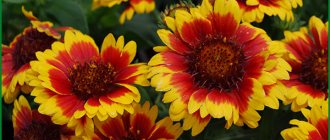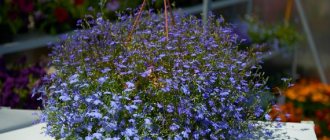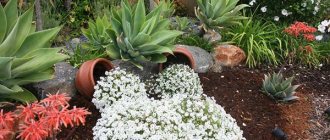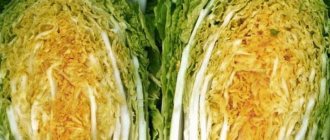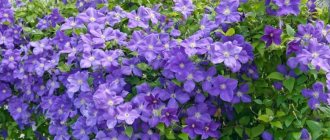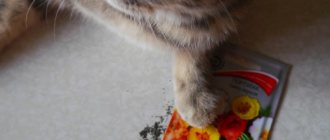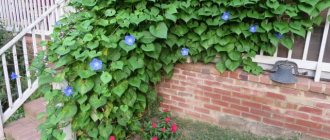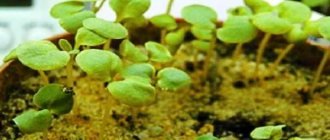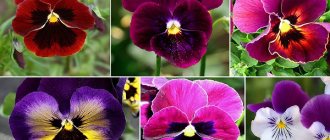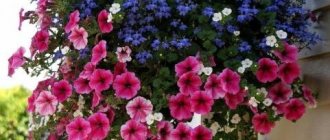The plant is drought tolerant and sun-loving, ideal for growing in open, well-lit areas without waterlogging. There is one-year and long-term Gaillardia. Flowering is observed from June until frost. There are both low-growing varieties and tall ones. Reproduction of a flower culture is possible by dividing the bush, cuttings and seeds. The method of growing Gaillardia from seeds is very interesting, since it allows you to observe all stages of plant development at home.
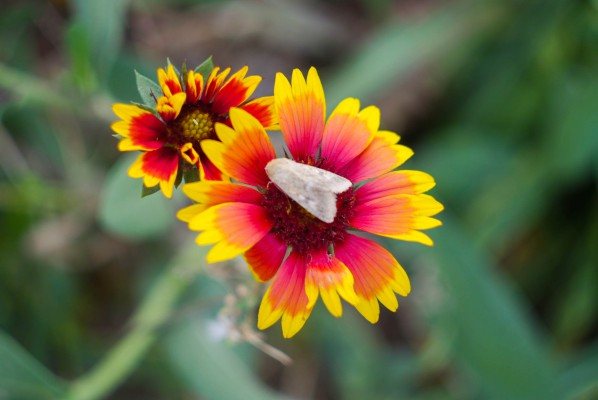
Description of Gaillardia
The straight stem of Gaillardia can reach almost a meter in height, or rather 90 cm. Along its entire length, it has an edge and branches densely. Simple alternate leaves are oval (or lanceolate), serrated along the edges. Quite long peduncles form a single inflorescence-basket at the end. On this inflorescence are the marginal three-toothed purple petals and the median, dark red, tubular.
The basket can be either simple or terry (semi-double). A terry basket differs from a semi-double basket in the number of reed petals. If for semi-double they are characterized by two or three rows of their arrangement, then in double petals, the strongly accreted median petals resemble a funnel in shape.
Gaillardia blooms very profusely. Its fruit is a tuft achene. The annual culture is beautiful Gaillardia, perennial - hybrid and spinous Gaillardia. The Gelenium plant, which belongs to the Asteraceae family, is very similar to Gaillardia. You need to take this into account and try not to be confused.
How to grow Gaillardia from seeds
There are 2 methods of growing Gaillardia from seeds: the first is by direct sowing into the ground, the second is using seedlings.
If we sow on seedlings at home
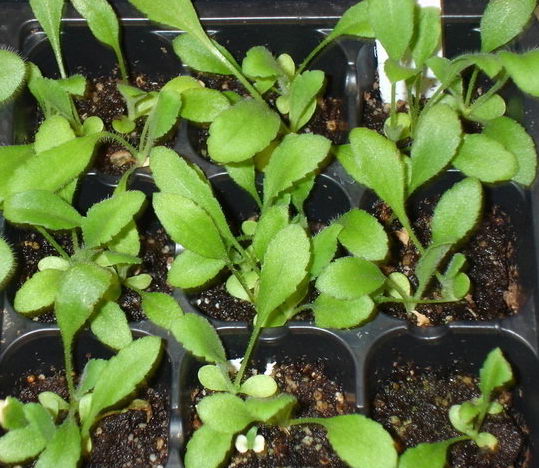

Gaillardia growing from seeds when to plant Seedling photos
- When to plant Gaillardia seeds? Sowing begins in early March.
- They take a moist substrate and distribute rather large Gaillardia seeds on its surface.
- From above, you can sprinkle with nutritious soil or vermiculite - an active mineral component that contains a complex of elements for plant growth, and this is iron, silicon, potassium-magnesium compounds, etc.
- The place where crops are kept should be bright, but not accessible to direct sunlight.
- The optimum temperature should be between 20 and 22 ° C. Seed germination time is from one week to two.
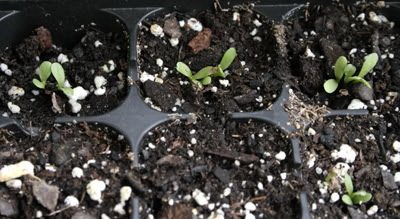

Gaillardia from seeds Shoots of Gaillardia photo
- With the emergence of seedlings, it is necessary to start moving the seedlings to a place where the temperature will not exceed 18-20 ° C. A cold greenhouse will work well, as it will not only provide the right temperature, but also create the high humidity that is so necessary for plant growth.
- Watering is carried out as the soil surface dries up. To avoid the risk of contamination of seedlings with diseases such as gray rot, which occurs due to very high humidity, do not flood the plants.
- If the light in the house is poor, it is necessary to equip the room with fluorescent lamps in order to increase the length of daylight hours to 15 hours.
- The seedlings grow well and form new leaves. In order for them to develop fully, it is important to provide enough space: in a box or container, leave a distance of at least 5 cm between the plants and transplant the remaining seedlings into separate cups.The picking of seedlings into looser containers is carried out when the first pair of true leaves has developed well.
- After diving, when a couple of weeks have passed and the seedlings are actively developing, do not forget to harden. Leave the plants on the street or open balcony for an hour or two a day, gradually increasing the time "in the sun" until a full day. when the seedlings spend the night perfectly on the street, they are boldly planted in the ground.
Be aware of the danger of frost. Only when the temperature is above zero at night, you can leave the plants outside.
If we sow in open ground
It's just that Gaillardia seeds can be sown into the ground as soon as the weather is good and the soil is ripe. Gaillardia can multiply by self-seeding, and therefore the seeds are not afraid of low temperatures. Seedlings will appear only with the onset of favorable conditions.
- We make shallow grooves at a distance of 20 cm from each other.
- Carefully place the seeds in the furrows. They are a little awkward to sow due to the sharp, umbrella-like tips. But try as little as possible.
- Sprinkle with earth using a rake.
- Water abundantly, but so that an earthen crust does not form after drying (in appearance, the earth should remain loose).
- After a couple of weeks, you will need to break through the seedlings and remove the weeds.
- The garden bed can be used as a future flower bed and a breeding ground for transplanting excess plants to another place.
- As a result, we leave in a row the distance between the bushes of 20-25 cm.
Perennial Gaillardia is growing rapidly, but will bloom only next year. Be patient!
How to prepare planting material for sowing
To improve the germination rates of seeds, the planting material must be pre-prepared. Preparation includes disinfection and growth promotion. But, in fact, all this can be done in one procedure, soaking.
Prepare a solution of hydrogen peroxide (a teaspoon of the drug in a glass of water). Transfer the seeds to cheesecloth or a regular rag. Moisten a rag with the solution and cover with a second half. Drain excess liquid. Further, the entire structure is placed in a plastic container with a lid and placed under the table near the battery.
Check the dampness of the cloth every 6 hours and, if necessary, moisten it additionally.
After a day, remove the grains, rinse them in water and dry them.
How to properly plant Gaillardia outdoors
Gaillardia seedlings are planted in a flower bed in May. The landing site is selected sunny, open. The nutrient soil for planting flowers should be light and well-drained. Heavy acidic soil that retains moisture cannot be tolerated by Gaillardia.
- To prepare the soil for planting, you need to add one bucket of humus, a couple of handfuls of ash and one handful of complex fertilizers for every 1m² of land.
- The distance between the seedlings is kept from 20 to 25 cm. After planting, the bed is moistened.
Before the onset of autumn frosts, the plant will take root and for the next 4 years it will delight you with abundant flowering. In the first year, a 10-15 leaf rosette is formed, which will give a flower in the spring of next year.
When to plant depending on the region?
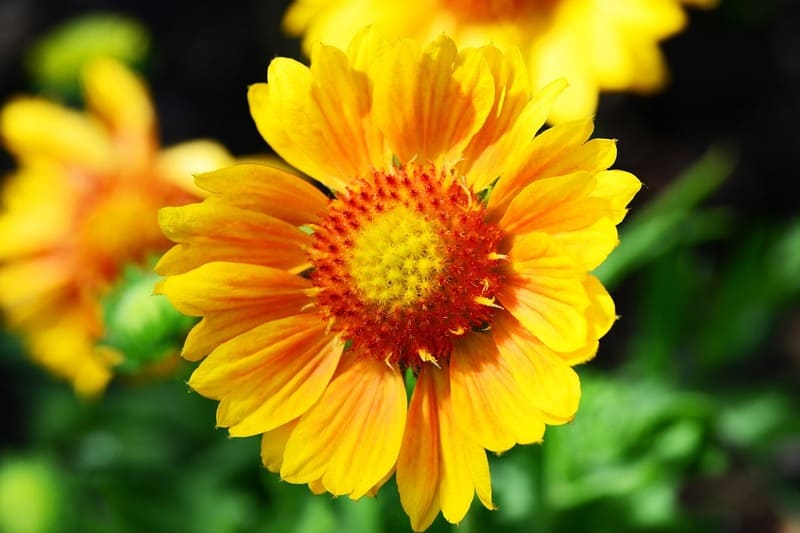

The climate of the region is the most important factor that must be taken into account when sowing Gaillardia seeds.
- In the southern regions of Russia (Crimea, Caucasus, Kuban, Astrakhan and Rostov regions) sowing can be done in the first decade of March.
- In Central Russia (Smolensk, Moscow and Tver regions, Chernozemye) are engaged in seedlings in the second half of March.
- In the Volga region the time for sowing seeds falls on the last decade of March.
- In the Northwest regions (Pskov, Novgorod, St. Petersburg), in the Urals, the Far East and Siberia, the planting of Gaillardia should be planned for the first days of April.
Care for perennial Gaillardia
Due to the fact that the plant is very unpretentious and needs, basically, only good lighting, then caring for it is very difficult
e will be.
- Moderate watering is necessary only if the heat has lingered for a long time and does not recede. All care for Gaillardia comes down to weeding and loosening the soil.
- For more than 2 months, this bright flower will delight you with its flowering, but if you wish, you can prolong it with the help of simple manipulations.
- First, it is necessary to get rid of wilted inflorescences in a timely manner and tie up the tallest varieties of Gaillardia.
- Secondly, three times a season (during the appearance of the first buds, during the flowering period and in the fall before the onset of cold weather), you need to feed the plant with granules of a mineral complex fertilizer.
- It is forbidden to feed manure.
- Gaillardia must not only be fed on time, but also transplanted... This is done every 4-5 years by dividing the rhizome.
Use in landscaping and combination with other colors
Gaillardia will help decorate a flower garden, flower bed or front garden. Depending on the growth of a particular variety, it is used to decorate balconies, loggias, window sills, garden vases.
For bouquets, varieties with elongated peduncles are suitable.
On the territory of a country house, Gaillardia will perfectly decorate the rabatka along the paths, it will be an excellent contrast against the background of the green lawn. Complement the alpine slide or mixborder with bright flashes. Looks great against the background of tall delphiniums, lupins, rose stem.
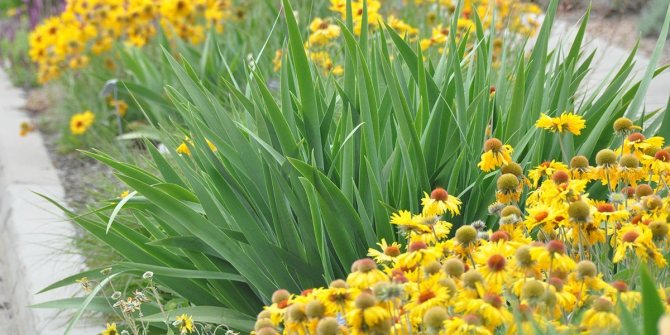

Photo: <>
Dried shoots are used to compose decorative compositions.
Which variety or type of Gaillardia to choose is a matter of taste. The main thing is to conscientiously follow the rules for caring for a flower. In gratitude for the care, the “fiery chamomile” will give a stormy, as in the picture, flowering, pleasing to the eye and soul.
Reproduction of Gaillardia by dividing the bush and cuttings
Along with seed, flower reproduction can also be vegetative, which is produced, for example, by dividing the rhizome.
- After 5 years, the flower curtain is dug up and divided into parts, and each part must contain a sufficient volume of roots and shoots: at least three points of growth.
- Each part is transferred to a new location.
- The transplant procedure is carried out mainly in the spring.
You can also propagate Gaillardia using root cuttings.... In this case, the curtain is simply undermined along the perimeter line, there are the most developed and largest roots, which are divided into 5-7 cm segments. They are transferred to the greenhouse for growing.
Landing
For planting all subspecies, both seeds and part of the mother rhizome (curtain) are suitable. Regardless of the method, you need to find the right place for disembarkation. Although Gaillardia is unpretentious to care for, certain rules must be followed.
Drop off points
The plant is light and heat-loving, so feel free to choose the sunniest areas for planting. The soil should be light, cultivated, with a good drainage system. But there are no special requirements for temperature indicators. It will grow both in arid climates and in areas with low temperatures, for example, in Siberia. The main thing is, in the absence of snow cover, to provide mulching with needles or peat.
It is better to prepare the landing site as follows:
- prepare a mixture of humus (one bucket), ash (2 handfuls) and complex fertilizer (1 handful);
- add the mixture to the soil;
- mark the places for the holes so that the distance between them is 25 - 35 centimeters.
Planting technique will depend on which breeding method is used.
Rhizome and cuttings
The vegetative propagation method allows the use of tubers and cuttings for planting.
- We use the rhizome. After 4 - 5 years of growth in one place, the plant needs a transplant. At the same moment, it becomes possible to get several bushes from the mother curtain. To do this, it is carefully dug up and divided into several parts. The number of child parts depends on the size of the curtain. Each must have at least three growth points (a sufficient volume of shoots and roots is a prerequisite for further growth).All parts of the divided curtain are transferred to a new place and planted on prepared soil. It is best to plant in the spring, but you can also in the fall, after the plant has faded and pruning is done. For spring planting, this must be done before active growth begins.
- Cuttings. You can get cuttings before transplanting. To do this, a dig is made around the curtain, large shoots (at least 50 - 70 millimeters) are selected and carefully separated. The cuttings need to be grown, so they are not immediately planted in the soil, they are first transferred to the greenhouse.
After planting, seedlings, cuttings and rhizomes need mandatory abundant watering.
Seeds
If planting is carried out using seeds, then this can be done in two ways:
Directly into the ground. To sow non-sprouted seeds, we prepare shallow grooves (the distance between them should be at least 20 centimeters). Seeds are distributed as sparingly as possible
After that, the grooves are carefully covered with a rake and watered abundantly. As it grows (for the first time - after 2 - 3 weeks), the shoots are thinned out, the weeds are removed
If it was not immediately possible to maintain an acceptable distance between the seeds, then the "extra" sprouts need to be transplanted. Seeds can be sown both in spring and autumn, they will begin to sprout as soon as the weather is favorable.
In the greenhouse. The seeds can initially be sown in a greenhouse. To begin with, they are evenly distributed over a wet substrate (over the surface) and sprinkled with vermiculite or nutrient soil. The room temperature should be 20 - 22C, lighting is normal, but without direct sunlight. After the appearance of sprouts, the conditions of detention change:
- the optimal temperature is 18 - 20C;
- humidity: high, but no “bays”;
- watering: as the soil dries;
- daylight hours: at least 15 hours;
- distance between shoots: at least 50 millimeters (can be placed in separate plastic cups).
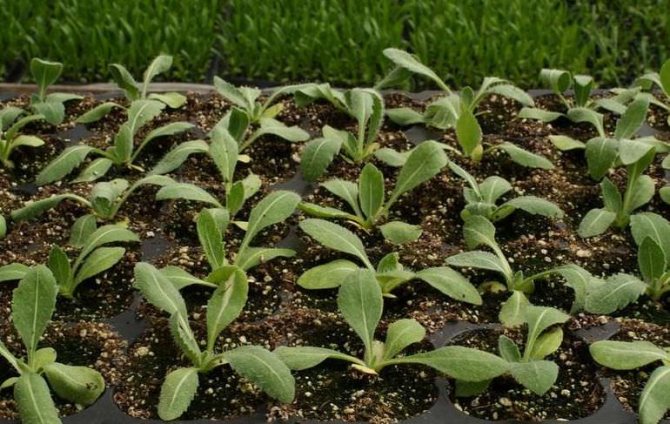

The dive is carried out after the full development of the first pair of leaves, then the seedlings are "hardened" - taken out into the street, first for a couple of hours, then for a full day of light, and finally, with an "overnight stay".
Useful Tips
Gaillardia perennial can multiply by self-seeding. If this is not required, pick off wilted buds in time or tie them with gauze to collect seeds. To obtain more lush bushes, it is allowed to plant several shoots (from 2 to 4) in one hole.
Since the stems are grassy, they need a garter (in the case of dwarf breeds - so that the bush does not "fall apart", and the "giants" need support). Provide methods of garters in advance. These can be regular sticks or garden flowers with sturdier stems (wind-resistant), such as irises.
Diseases and pests of Gaillardia
The plant can be attacked by insects such as aphids and whitefly. With the help of chemicals "Actellik" or "Decis" you can get rid of them. The instructions for the drugs will tell you how to do it correctly. There is also a risk of disease due to improper plant care. Such manifestations known to gardeners as gray rot, powdery mildew, white rust, spotting are the result of the penetration of fungal infections. These diseases are fought with the help of fungicides, which include: Bordeaux mixture, colloidal sulfur, Hom, Oxyhom. The preparation "Skor" resists white rust well.
Post-flowering Gaillardia Seed picking and plant wintering
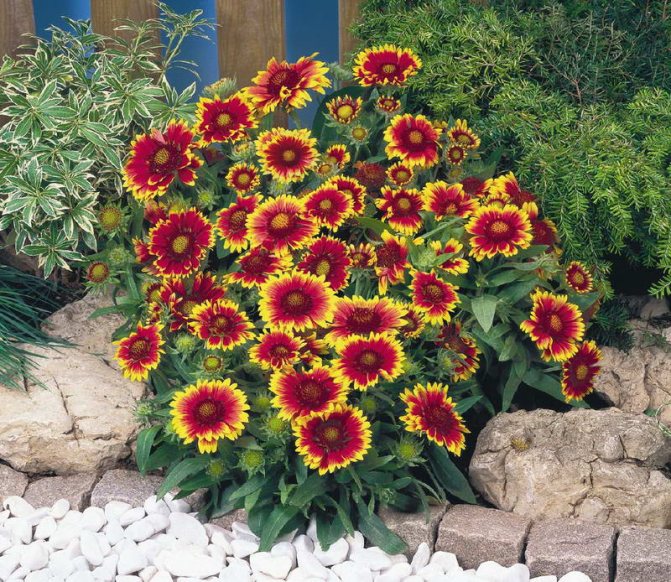

Gaillardia Arizona Sun Arizona Sun in Landscaping Photo Mixborder
In order not to be left without Gaillardia seeds, it is necessary to leave a small amount of wilted flowers right on the plant before the onset of autumn. To prevent the seeds from crumbling, the heads of wilted flowers are tied with gauze. If this is not done, then the ripe seeds will fall into the ground and germinate the next year.All that remains is to thin out the seedlings and transplant to another place. Unfortunately, the seeds do not carry information about the varietal characteristics of the parents if you have a hybrid form.
As for the wintering of the plant, then there are also nuances here. If the plant is young, then the first winter must be treated responsibly. To do this, cut off all the leaves to ground level, cover this place with spruce branches and dry foliage. The plant will endure subsequent winters without covering. This does not apply to those regions that suffer from little snow and cold winters, where plants need to be insulated in any case.
Interesting Facts
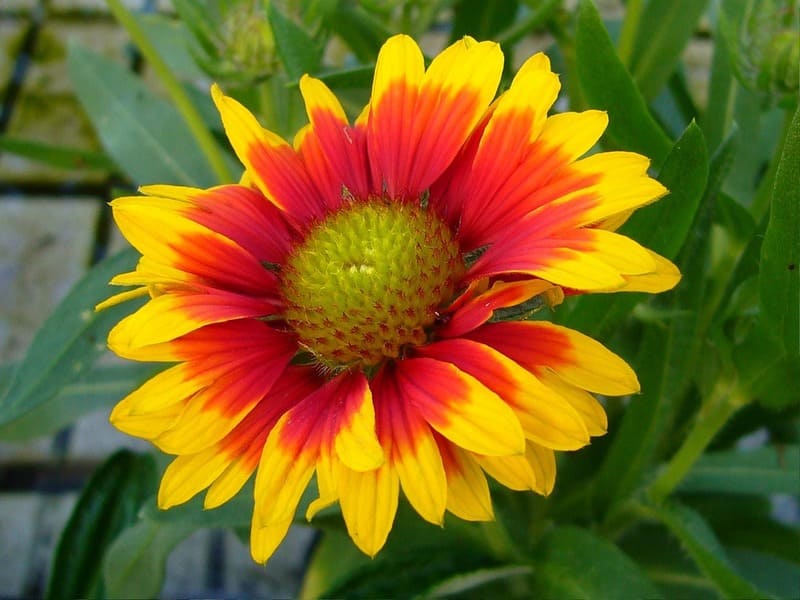

- Gaillardia is a close relative of chrysanthemum, gerbera and sunflower.
- This flower tolerates droughts well, for which it is loved by many growers, because it needs to be watered less often.
- Gaillardia is one of the most common plants in the center of the United States. Due to the color of the petals and its ubiquity, the flower is called the "wheel of fire."
- This flower is the official symbol of the state of Oklahoma.
Variety of species and varieties of Gaillardia
Florists love to grow both annual and perennial Gaillardia species. This is a luxurious decor for any flower bed: contrasting combinations with colors of blue, white, yellow shades allow you to create truly spectacular compositions from which you cannot take your eyes off.
Gaillardia beautiful Gaillardia pulchella
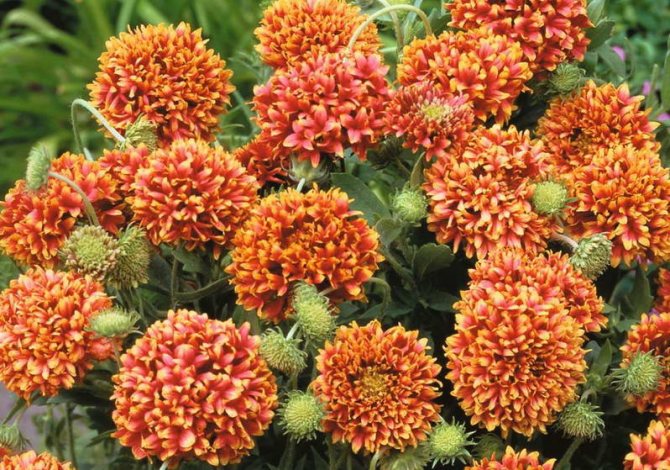

Gaillardia beautiful Lorenziana or Lorenziana Lorenza Planting and care photos in the garden
Refers to annual plants... During the growing season, a lush, spreading bush is formed. On thin peduncles, baskets of flowers appear, reaching 7 cm in diameter. Tongue-shaped petals change their color from red at the base to yellow at the end of the petal. The tubular petals are characterized by a reddish brown color.
The following varieties are inherent in beautiful Gaillardia:
- Painted picta - the owner of double and semi-double bright red or two-color inflorescences.
- Lorenz - differs from the others in the size of a double spherical inflorescence, consisting of tubular petals of a yellow or yellow-red shade of a funnel-shaped shape. The most popular varieties of Gaillardia.
Variety "Yellow Plume" with terry baskets in the form of a ball, consisting of tubular yellow petals; Variety "Red Plume" is the same terry baskets, only the color of the tubular petals - Terracotta.
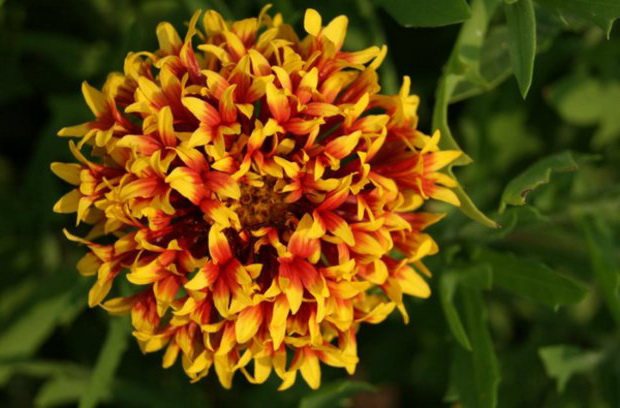

Flower Gaillardia Lollipup two-color photo in the garden Planting and care
In addition to these varieties, the following varieties are always popular: Jayeti and Lopipus. But the annual Gaillardia amblyodon variety is a rare specimen in summer cottages.
Gaillardia spinous Gaillardia aristata aka Gaillardia grandiflora large-flowered Gaillardia grandiflora
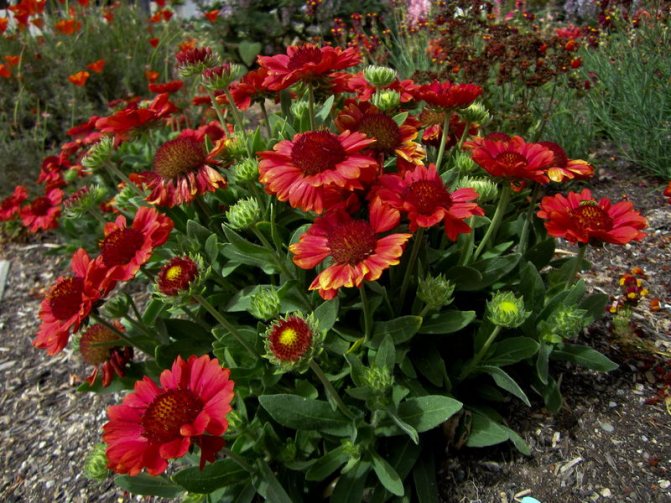

Gaillardia large-flowered Gaillardia aristata 'Gallo Red' photo in the garden
Is a perennial plant, rooted in the North American continent. Its stems are straight-up with a slight bend in the lower part, which are densely pubescent. As for the height, it can vary from 30 to 75 cm. The shape of the leaf is oblong (lanceolate or oval), the edge of which can be solid or serrated. The leaf is completely pubescent.
The basal leaf is petiolar, while the stem is sessile. The diameter of some inflorescences can reach 12 cm. Reed petals are variegated, bright with shades of yellow and red. Yellow-red color is characteristic of tubular petals. The first flowers appear in June. Gaillardia has been cultivated since 1812. The combined name of this type of flower is Gaillardia grandiflora (Latin Gaillardia grandiflora).
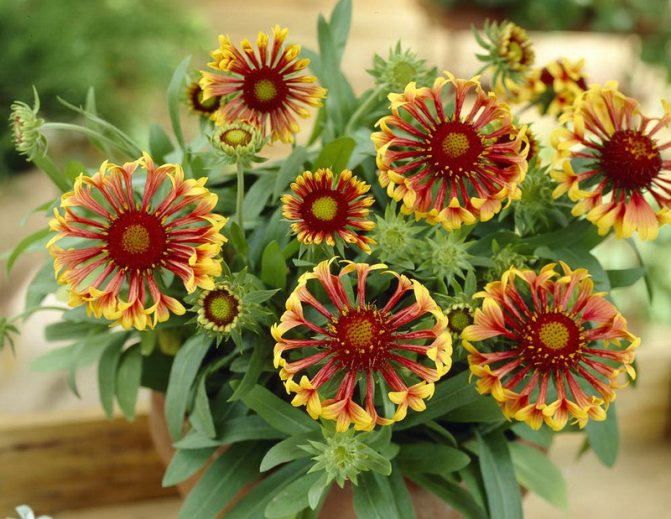

Gaillardia dwarf large-flowered variety of fanfare Gaillardia Fanfare Gaillardia spinous cultivation
Its most popular varieties include:
variety "Wirral Flame" - with red reed petals, framed by a yellow border; grade "Dazzer",the dark red reed petals of the plant turn yellow at the base at the end; variety "Mandarin" differs from the rest by the rich red-yellow shade of the reed petal.
Gaillardia hybrid Gaillardia hybrida
It arose when the beautiful Gaillardia was crossed with its other varieties. The height of the hybrid Gaillardia shoot reaches 80 cm.Flowering is observed from June to August - the month. Inflorescences can be either simple or semi-double and double, the color of which is in the range of red-yellow-brown shades. The most commonly grown varieties of Gaillardia hybrid are:
Gaillardia Arizona Sun
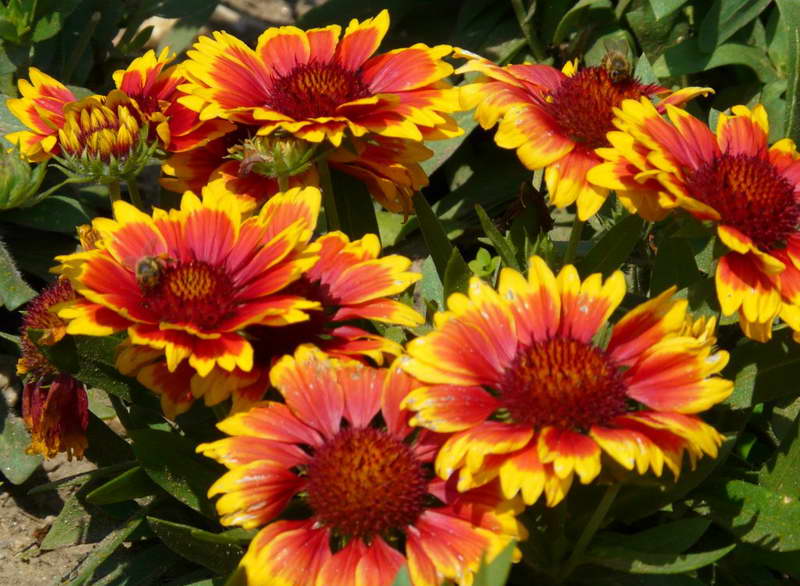

Gaillardia spinous Arizona San Gaillardia x grandiflora ‘Arizona Sun’ photo in a flowerbed
It is distinguished by its short stature (height is only 20 cm). Blooms very long and profusely (up to frost).
Gaillardia arizona apricot yellow arizona apricot
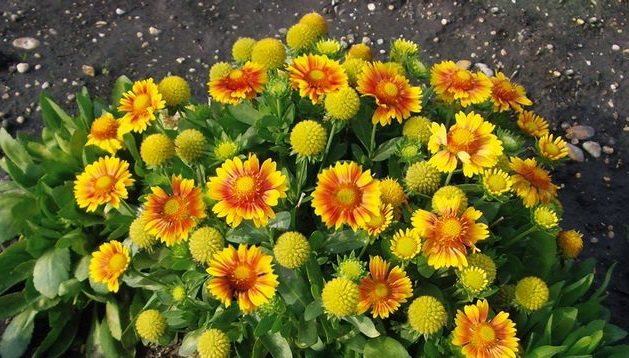

Gaillardia arizona apricot yellow arizona apricot Sowing for seedlings cultivation and care
Gaillardia red Arizona red shades Arizona Red Shades
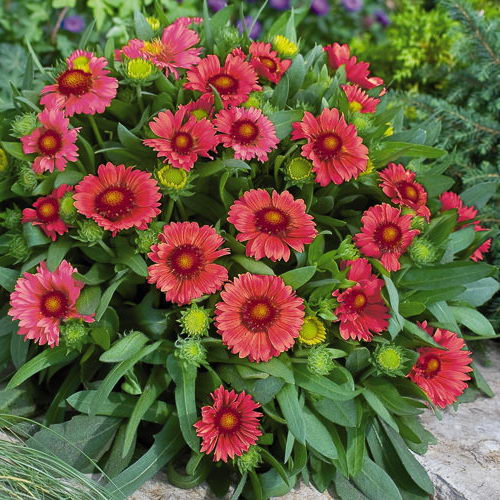

Gaillardia Arizona Red Shades Arizona Red Shades gaillardia photo in the garden
Sonne
It differs in the height of the plant, which can reach 50-60 cm, and the yellow-golden hue of the flower. The tubular flowers are dark-dark yellow.
Primavera
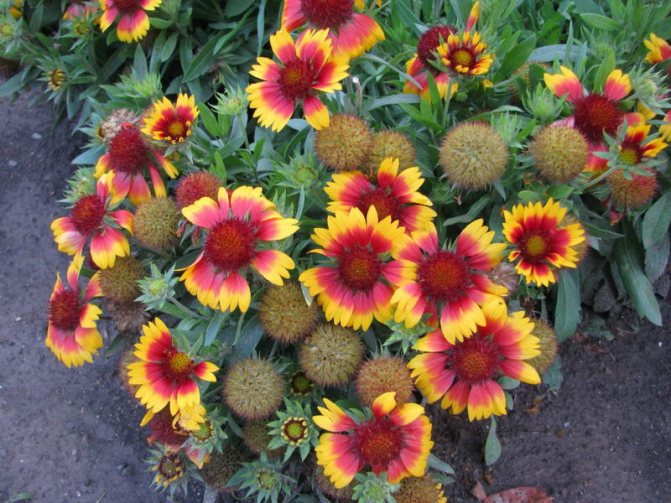

Gaillardia primavera planting and care photo of flowering Gaillardia undersized perennial
A low-growing dwarf, whose height very rarely exceeds 25 cm. Its distinctive feature is that one rosette is capable of forming up to 6-8 peduncles. At the same time, the diameter of the flower basket reaches 12 cm.
Gaillardia lanceolate Gaillardia lanceolata
Rarely, in summer cottages, you can find another type of Gaillardia - this is a perennial plant Gaillardia lanceolata (lat.Gaillardia lanceolata). A little nondescript flowers with rare petals emanating from a fluffy center, few people like.

